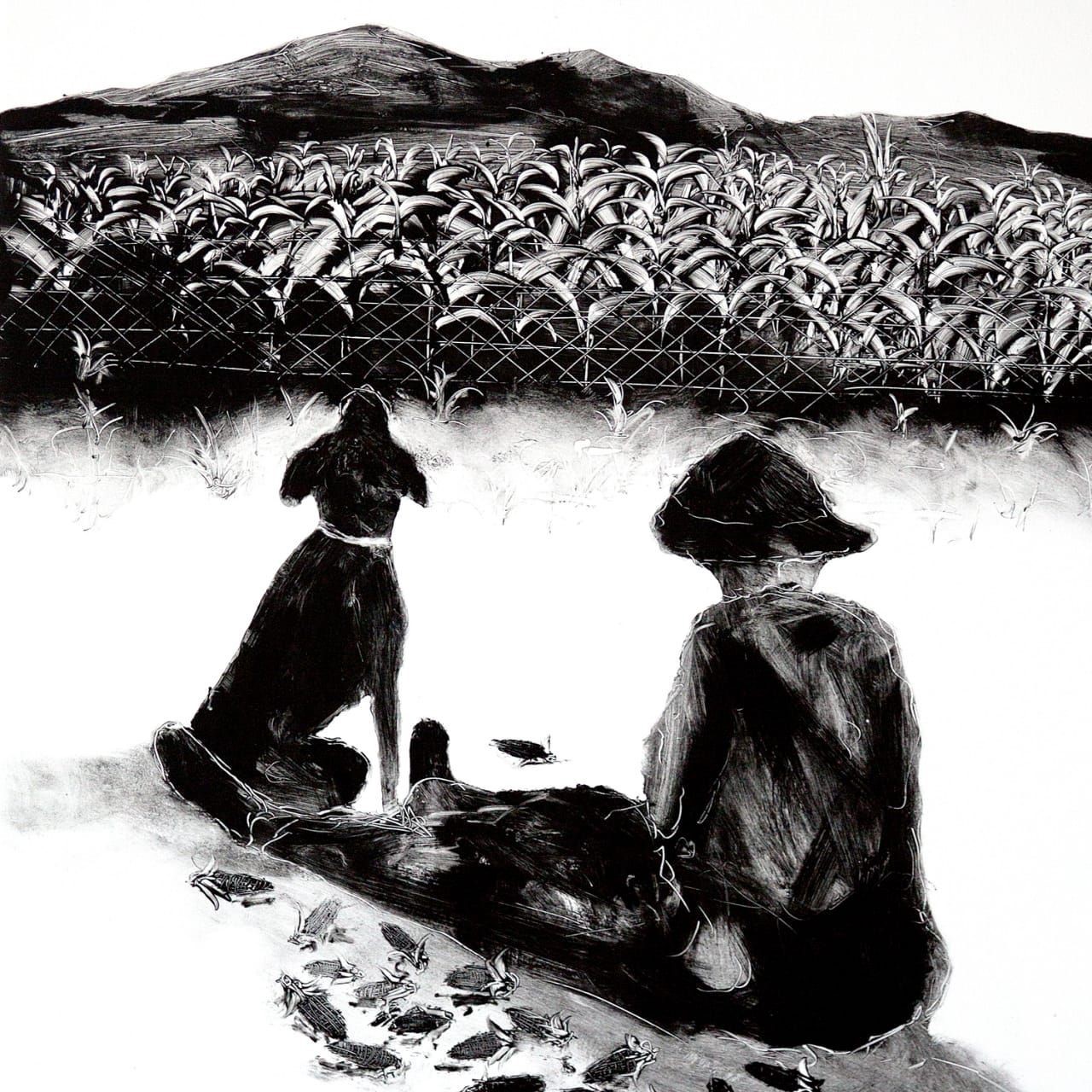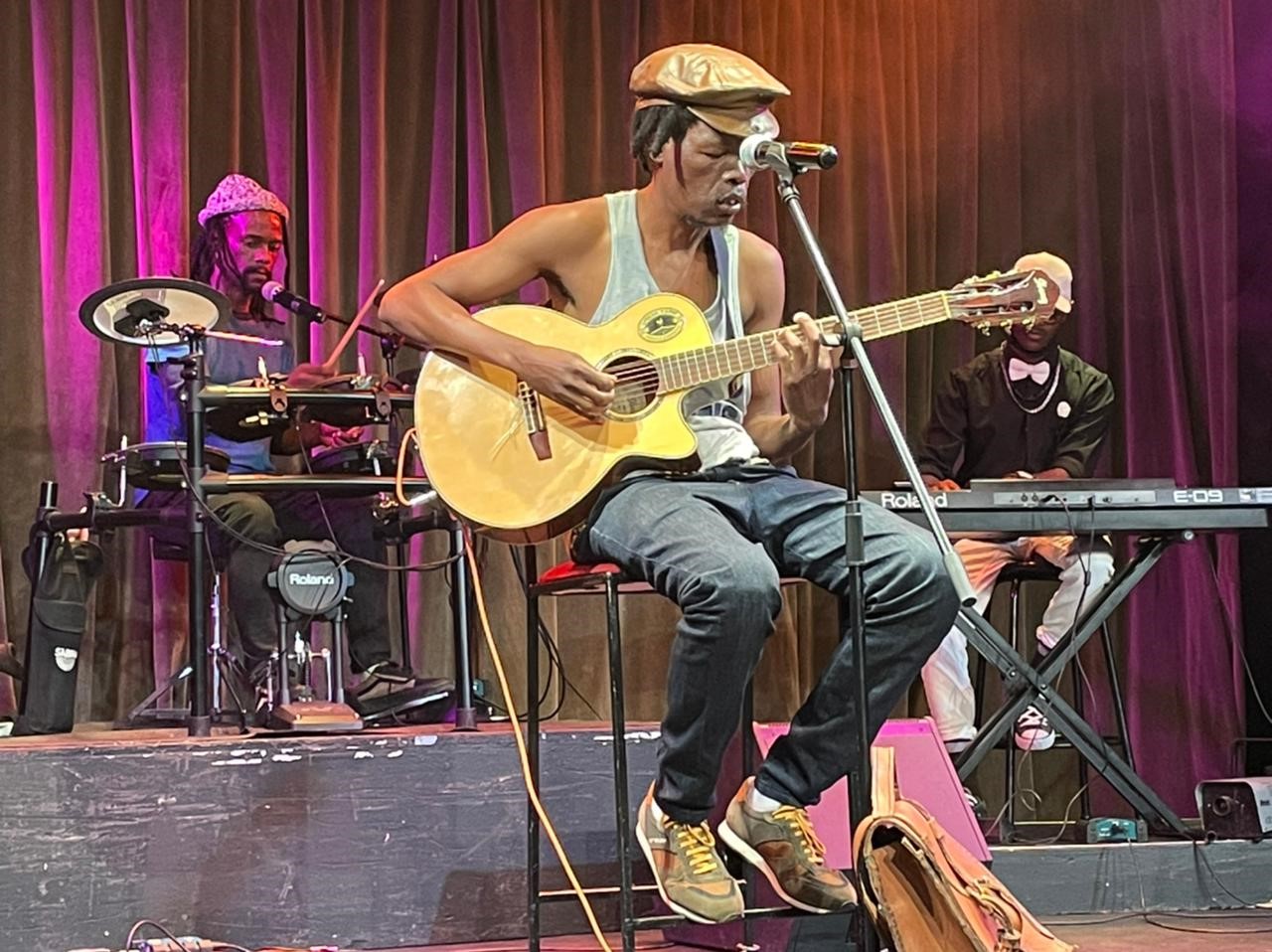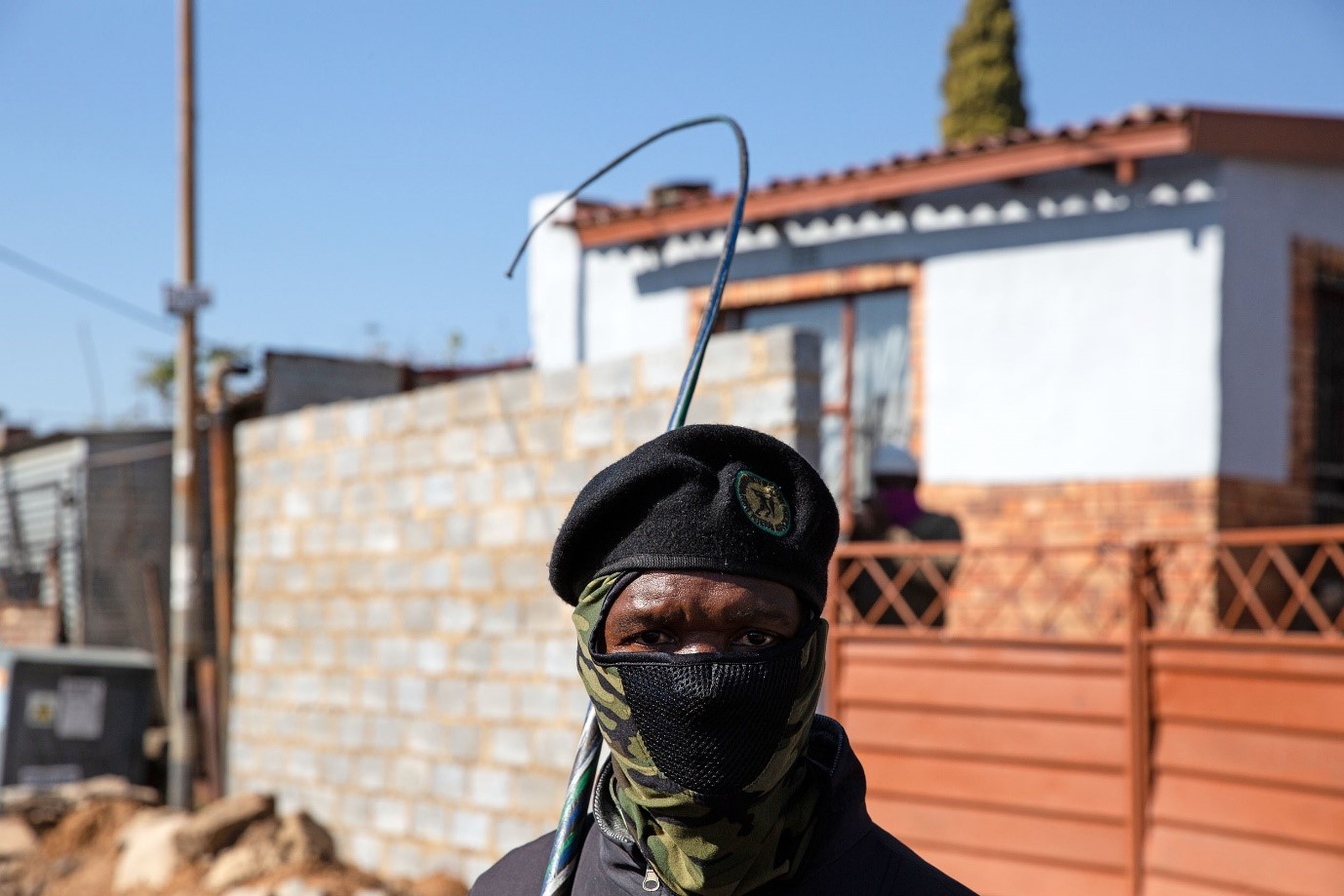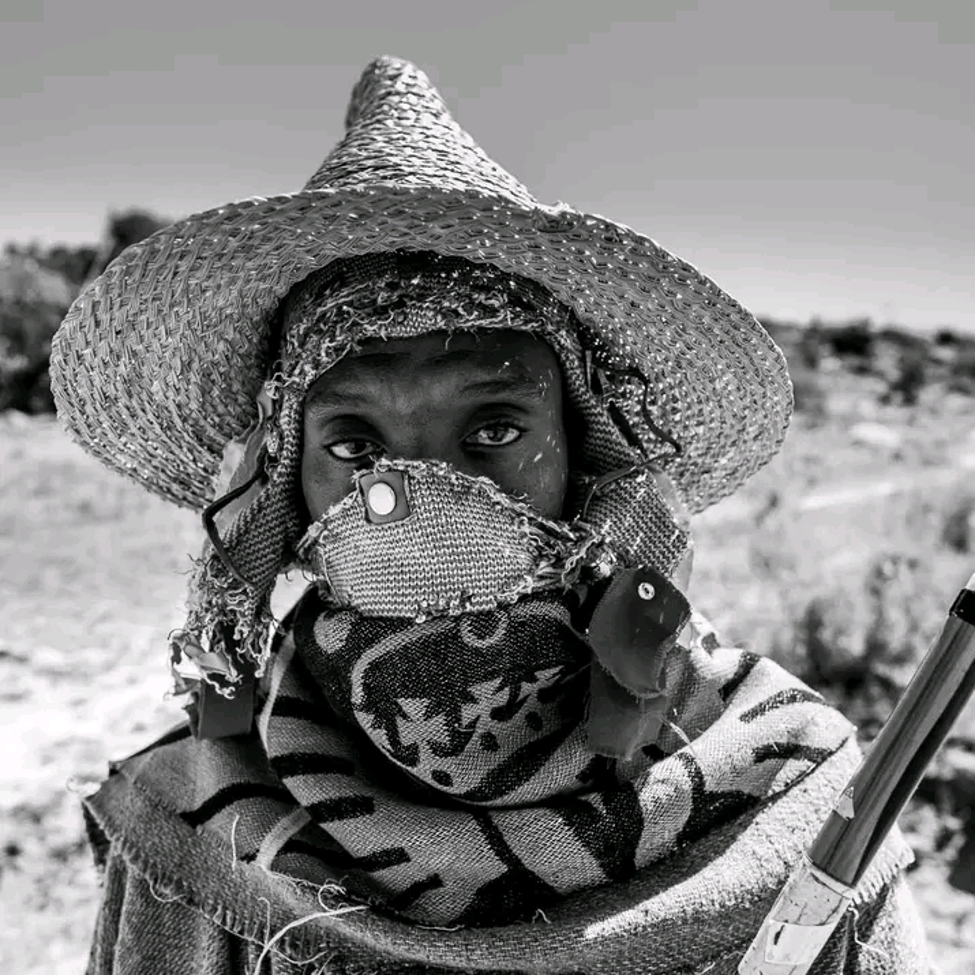GALLERY: CIRCA GALLERY JOHANNESBURG
DATE : 31 AUGUST 2019 -
TIME : 10:30 – 13:00
Everard Read’s Circa gallery in Johannesburg is proud to present Mesh Photography Series, an annual photography programme aimed at acquainting critical photography practice with audiences who are yet to engage with the genre. We aim to achieve this through the assemblage of ideas that are explored independently by artists who employ Photography as their medium of choice; stitched together by the curators, these bodies of work become a gateway for us to achieve a fresh and broader understanding of our immediate and global community in a manner that we would not otherwise have access to.
Curated by Musa N. Nxumalo and Percy Mabandu

To engage with the photography of Daniel “Kgomo” Morolong and Hugh Masekela’s music is to connect with meaning and memory across time and space.
It is something like a story told about the sculptor, Alberto Giacometti who was once asked about what he wanted to happen to his works when they’d ultimately have to leave the studio. He replied: “bury them in the earth, like that, they may be a bridge between the living and the dead.” We learn this from an essay by John Berger, about Marc Trivier’s photographs of Giacometti’s work.
To read Morolong’s photographs is to witness pictures as “a bridge between the living and the dead;” himself included. Every act of gazing into the images re-members and connects us with the lives whose flitting moments he froze in these collected frames. Morolong dared to memorialize their vitality, vulnerability; and to rehumanize them at a time when the state legislated to lessen the validity of their claim to life. By daring to gaze at, and see Morolong’s subjects, we enter into a concert of empathy with him and them; sharing a moment of life now passed but not lost.
Photography shares this capacity to bridge time, space and meaning with music, jazz music in particular. During the connection of performance, musician and listener affirm each other across time and space. We are able to reach back to memories through remembered songs; connect and sing along to voices and bodies that are no longer with us - defying death or distance.
By connecting the recently departed trumpeter Hugh Masekela and photographer Daniel “Kgomo” Morolong – a double bassist himself - we converge these shared features of their respective artforms. Masekela’s music was for many years a conduit between exile and home, memory of loved ones and immediate lived realities of those who heard him. His capacity to work across generations expanded on this idea of art as a bridge. To see these two creatives alongside each other may tease out further connections. In this way Morolong’s images may echo the sound of Masekela’s horn - the music may rhyme with the pictures; creating a bridge between artforms, lives and memories across time and space. - Percy Mabandu
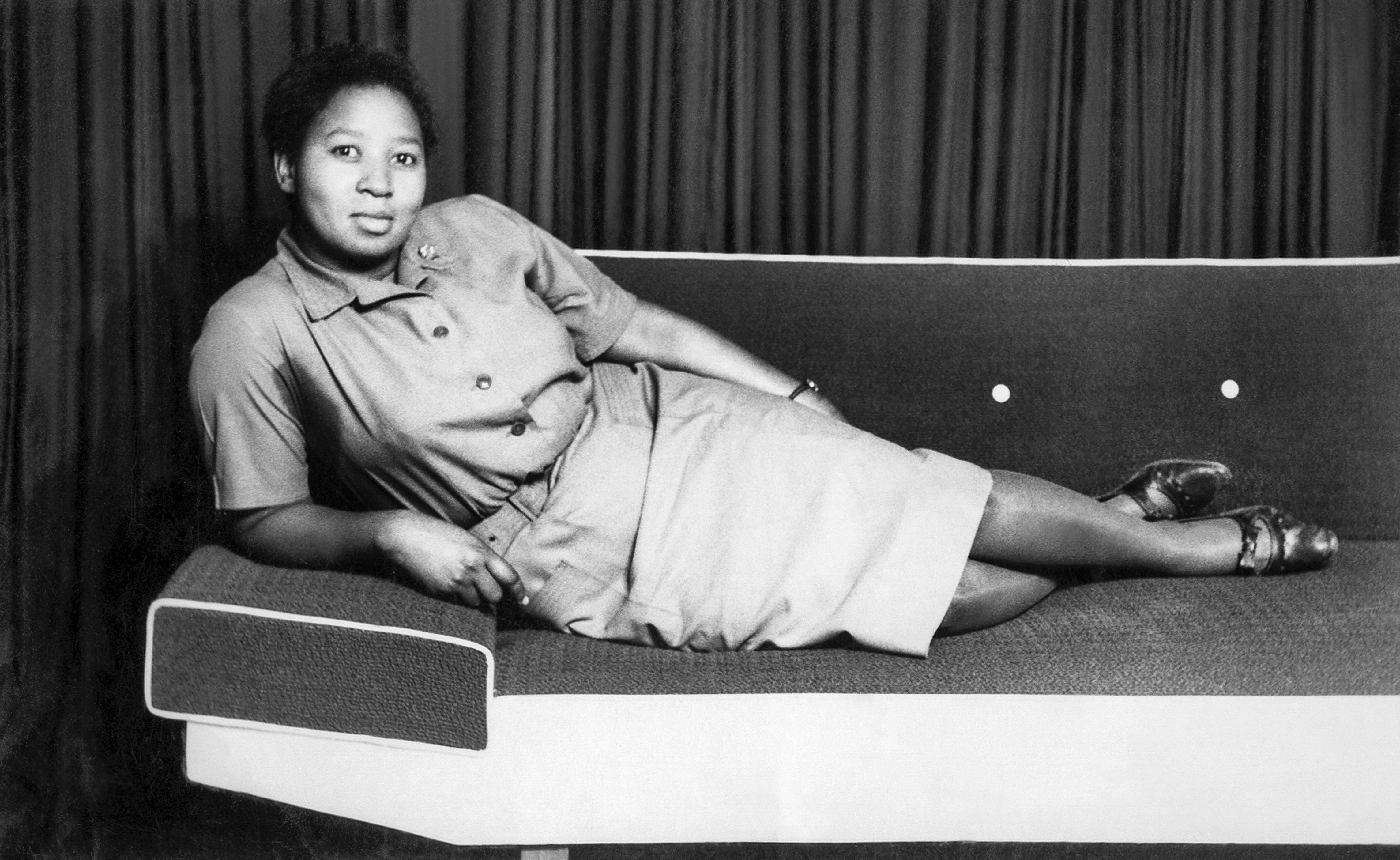
BIOGRAPHIES
DANIEL “KGOMO” MOROLONG
(b. 1928 East London, South Africa – d. 2012 East London)
Daniel Kgomo Morolong was born on 5 May 1928, in Tsolo Location, East London. He attended a leading educational institution, Healdtown, Fort Beaufort, where he studied for two years up to Form Two, and didn’t finish school, as the family could not afford to pay his school fees.
Morolong quickly grew up to be a very busy man who held down a day job, while at night playing the double bass in a large jazz band - the African Quavers, under the leadership of Eric Nomvete. The Quavers were very popular at the time and would later become the legendary Havana Swingsters. Amazingly, he still managed to find time for another love – photography, doing his own developing and printing, often only when he got home from gigs.
Initially photography was a hobby, but because of a dearth of photographers in those days, he began to take it more seriously. In his words, ‘…those were the days when people were really hungry for photos and didn’t have cameras to do the job’. The cost of cameras, lenses, film, developing and printing would have been prohibitive for people who earned very little or nothing at all. Despite these obstacles he made it work, he says, ‘I went on...because it’s something that I loved’.
HUGH MASEKELA
(b. 1939 Witbank, South Africa – d. 2018)
Born in the small mining town of Witbank, South Africa on April 4, 1939, Hugh Ramapolo Masekela was “bewitched” by music at an early age and, at 17, received his second trumpet from Louis Armstrong. Along with Kippie Moeketsi, Jonas Gwangwa and Abdullah Ibrahim (then Dollar Brand), Johnny Gertze and Makhaya Ntshoko, he was a member of South Africa’s first all-African bebop band The Jazz Epistles – Jazz Epistle: Verse 1.
After leaving, South Africa Hugh Masekela began his schooling at the Manhattan School of Music in September of 1960. In 1968 he recorded the million-seller LP The Promise Of A Future, which featured the chart-topping mbaqanga tune “Grazing In The Grass”. In 1973 Masekela embarked on an African cultural excursion which would produce such songs as “Ashiko”, “The Boy’s Doin It”, “In The Marketplace”, “Soweto Blues” and the anthemic ‘Stimela’.
In 1987 he recorded and released the Mandela-inspired anthem ‘Bring Him Back Home’, and participated as a featured artist, along with Ladysmith Black Mambazo and Miriam Makeba on the triumphant global Paul Simon Graceland Tour. Later that year, he would be musical director on the smash Broadway musical Sarafina!.
In September of 1990 he returned to South Africa, after thirty long years, whereupon he embarked on the countrywide homecoming Sekunjalo tour. Masekela continued to perform locally, on the African continent, and throughout the global music circuit. Beloved the world-over from Stockholm to Senegal, Hugh Masekela passed on from this life on January 23, 2018.
BRETT RUBIN
Brett Rubin is a South Africa based photographer & visual artist inspired by the relationship between architecture and nature, both in the landscape and our built environments. Rubin has been working on an ongoing series titled Passage since 2011, which aims to capture the fleeting qualities of our ability to record details while travelling at high speeds and the resulting abstraction that occurs as a byproduct thereof.
Rubin was appointed as the official photographer for Hugh Masekela in 2012 and went on to work closely with the Jazz icon until his passing in 2018. Highlights of this period include photographing the final two Hugh Masekela album covers, directing two music videos (one a tribute to photographer Alf Kumalo); and finally having a portrait of Masekela added to the prestigious Carnegie Hall Collection.
HUGH MASEKELA HERITAGE FOUNDATION
Founded by Mr. Hugh Masekela in 2015 the Foundation is a registered Non-profit Company - NPC 2015/241347/08
The Hugh Masekela Heritage Foundation exists to preserve and promote African heritage and contribute to the restoration of African Identity.
From his birth to his passing Hugh Masekela’s most ardent passion was the restoration, promotion and evolution of African identity, heritage and culture. The Hugh Masekela Heritage Foundation is an expression of that passion, that legacy, through the creation of cultural information facilities, the support and incubation of heritage arts, and the dissemination of this information and cultural inheritance throughout the African Diaspora and the world. The Foundation’s specific focus is in the areas of African History and Languages, Genealogy, Inter-generational Communication, Music, Dance, Theatre, Literature, Visual and Culinary Arts.

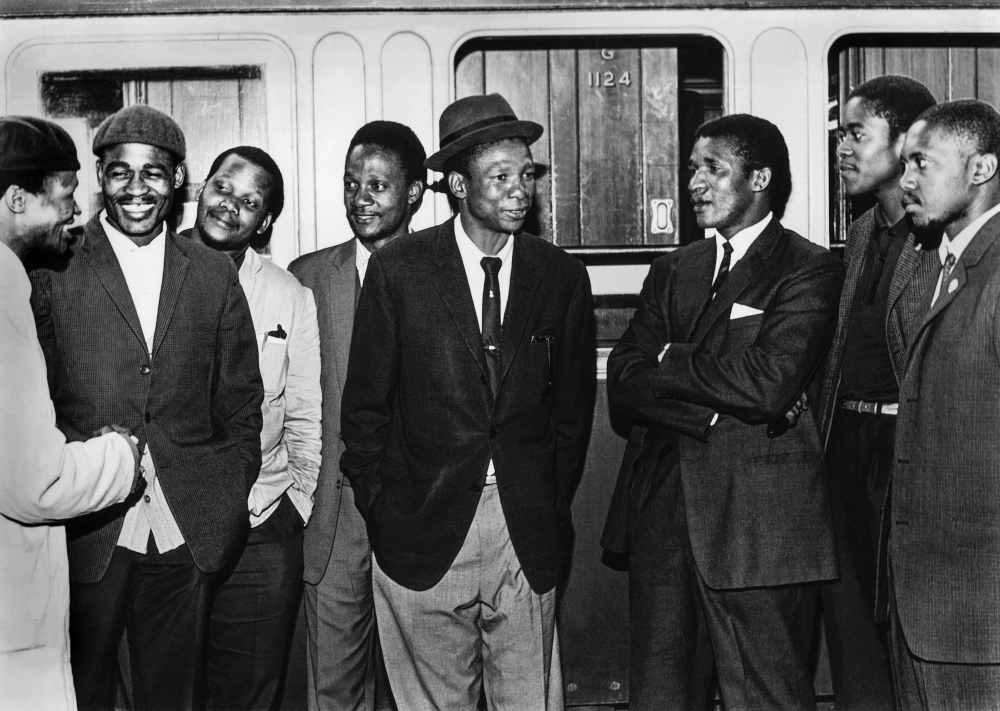
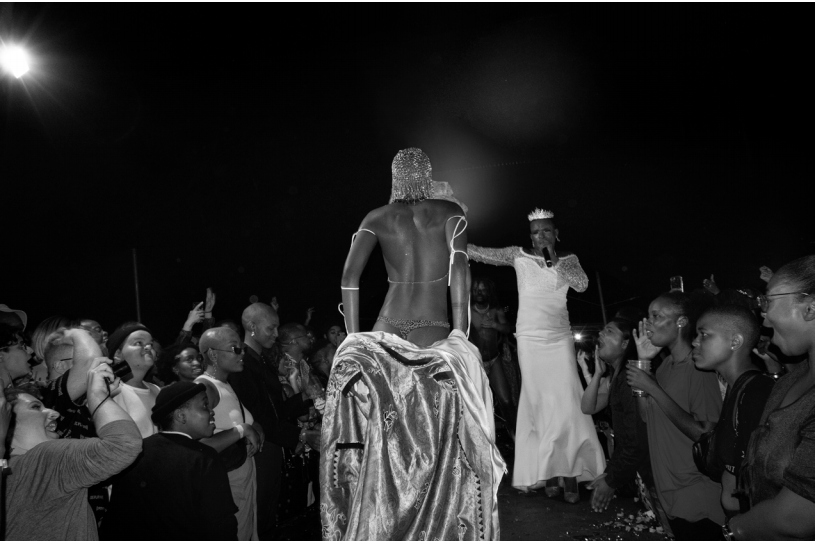

![1976 [Part 1]](assets/images/1976.jpg)

